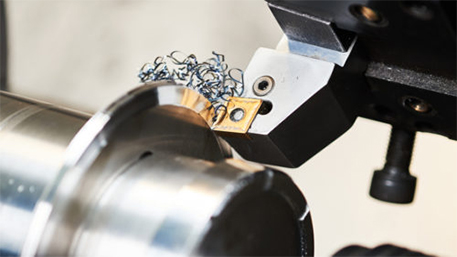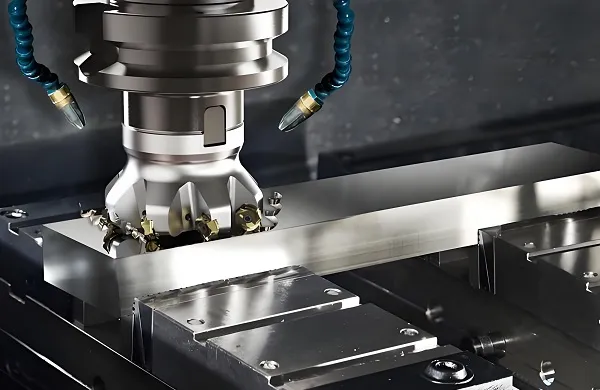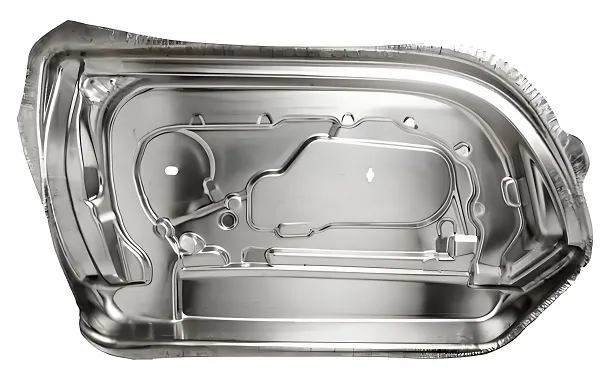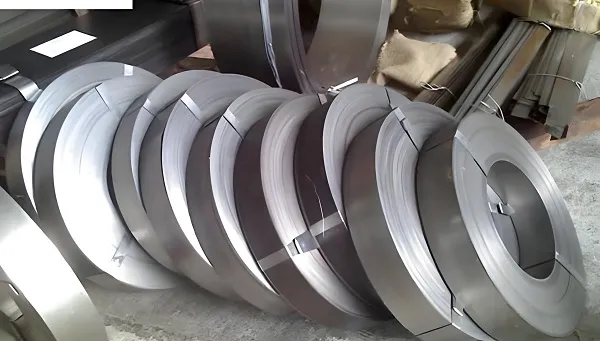CNC, known as Computer Numerical Control, is an important automated machining technology in modern manufacturing.CNC machining realizes precision machining of metals, plastics, wood and other materials by precisely controlling various moving parts of the machine tool through pre-written computer programs. The following is a detailed explanation of the meaning of CNC in machining, its working principle and its advantages.

1. CNC in the meaning of machining
CNC machining is a technology that utilizes a digital control system to automatically control machine tools. It covers a variety of machine tool types, such as CNC milling machines, CNC lathes, CNC grinders, etc. These machines are capable of accomplishing a variety of machining tasks, such as cutting, drilling, milling, grinding, etc. The core of the CNC system is a dedicated microcomputer, called the CNC control unit, which is responsible for reading and interpreting pre-written numerical control programs (such as G-code and M-code), generating control signals, and driving the machine tool’s various The work of CNC machining.
2. The working principle of CNC machining
The working principle of CNC machining can be summarized in the following steps:
Design and Programming: Engineers use computer-aided design (CAD) software to create a three-dimensional model of the workpiece, and then computer-aided manufacturing (CAM) software to convert the design model into CNC code (such as G code). These codes contain detailed information such as machining paths, cutting parameters, and so on.
Data transfer: The written CNC program is transferred to the control system of the CNC machine through a data transfer interface (e.g. USB, Ethernet, etc.).
Control execution: The control system of the CNC machine reads and interprets the codes, generates control signals and drives the various moving parts of the machine (e.g. spindle, table, etc.). Under the control of the CNC system, the moving parts of the machine tool move according to a predetermined trajectory to complete the cutting, drilling, milling and other operations on the workpiece.
Real-time monitoring: During the machining process, the CNC system monitors the position of the tool and the workpiece, the cutting force and other parameters in real time, and makes adjustments when necessary to ensure machining accuracy and quality. Some advanced CNC machine tools are also equipped with online measurement and feedback systems that allow real-time inspection and correction during machining.
3. Main advantages of CNC machining
High precision: CNC machining is capable of achieving micron-level machining accuracy, ensuring consistency from one workpiece to the next. This is especially important for products that require high precision and consistency, such as aerospace components and medical devices.
High efficiency: CNC machining can run continuously and automatically, dramatically increasing productivity. Especially in mass production, CNC machines can complete machining tasks unattended, reducing manual intervention.
Complex shape machining: CNC machining can easily complete complex surfaces and shaped structures, the traditional manual machining is difficult to achieve such complex processes, CNC machine tools can be multi-axis linkage processing, to achieve the three-dimensional space within any complex shape processing.
High flexibility: CNC machining has a high degree of flexibility, can quickly adjust the processing parameters and programs to adapt to different batches and varieties of production needs. This makes CNC machining is particularly suitable for modern manufacturing industry, multi-species, small batch production mode.
4. Practical applications of CNC machining
CNC machining is widely used in various industries, the following are a few typical application examples:
Aerospace: the aerospace field requires high precision and complexity of parts. CNC machining can process complex surfaces and high-precision holes through multi-axis linkage technology to meet the stringent requirements of aviation parts.
Automobile manufacturing: CNC machining is used in automobile manufacturing for processing engine parts, body structure parts and molds. Through CNC machining, efficient mass production can be realized to ensure the quality and consistency of each part.
Medical Devices: Medical devices require high precision and surface finish, CNC machining can accurately machine complex medical device parts such as artificial joints, surgical instruments and implants to ensure high quality and reliability.
Mold Manufacturing: The manufacturing of molds requires high precision and complex surface shapes. CNC machine tools can ensure the high quality of molds through precision machining, thus improving the quality and productivity of products.
To summarize, CNC machining, as an important part of modern manufacturing technology, has been widely used in various industries with its high precision, high efficiency and flexibility. With the continuous progress of technology, CNC machining will continue to develop and promote the manufacturing industry in the direction of more intelligent, automated and efficient. Understanding and mastering CNC machining technology can not only improve the competitiveness of enterprises, but also promote the overall progress of the manufacturing industry.






